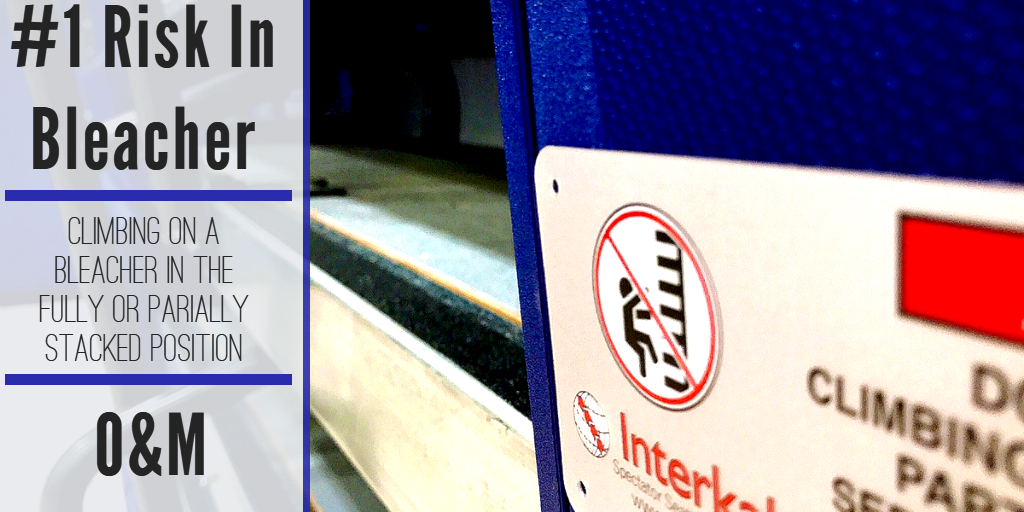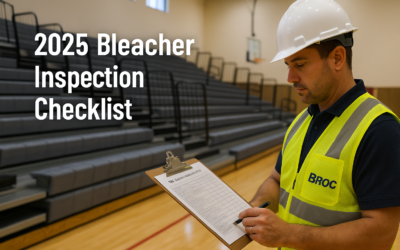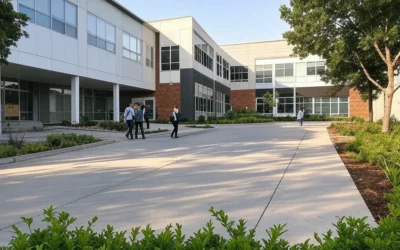Inaugural BROC U Issue #1:
What to Expect?
In our quest to educate and inform people that have a desire to focus or improve on the safety inside athletic facilities, BROC, a resident expert in the space, presents some insight into the concerns. By addressing issues seen recurring daily, annually and over the extent of the 40 years of the company’s existence, BROC identifies one specific topic in operation and maintenance (O&M) that lead the charge in problems for facilities personnel. BROC built its roots in the bleacher world and therefore has 40 years of experiences for what not to do when trying to maximize equipment life. This is one that will forever be NUMBER 1.
Do Your Students or Spectators Sit on Bleachers in their Stacked Position?
One issue that is constantly seen in the operation of telescoping bleachers is the challenge faced in schools or arenas. The problem that is recurring is an inability to keep students and spectators from sitting on a telescopic bleacher when they are not fully extended. This is something that can be done while maintaining proper use but many times this is not the case. While it is convenient to pull bleachers out only partially to allow for some of the seating to be used, it is not preferable. More times than not it leads to people inching their way up to the stacked portion for a better view of practice or the game.
The Result is not Desirable
In the case where bleachers are not fully extended and improperly sat on, the weight placed on the stacked portion will eventually cause the steel maintaining a straight row (aka a steel combo) will begin to sag. In turn what typically happens then is the welds holding those combos’ angle square begin to fatigue and the sag in the rows cause friction to areas otherwise typically free of that wear and does affect smooth operability.
Wear Means Accelerated Aging & Breaking Down
By people sitting on the stacked bleacher, this accelerates aging. The gravity affect causes the bleacher to sag and scrape where it is steel on steel. While this is fixable to an extent through bending some of that steel back into place to free up any pinch points, steel is not meant to bend continuously without becoming brittle. There is a point where the welds will begin to break and risk the integrity of the support. If not addressed immediately or caught before they become a problem, it can lead to larger problems and potential liability.
Is there a Fix?
You can replace the part entirely or look at pulling the part from the system for repair and re-welding. Thus since this is a recurring item, it is something to include as part of your periodic reviews. The ramifications of allowing this to go by without it being addressed are substantially high. As a recommendation, in your active review process of your equipment, be sure to include careful attention to understructure integrity and identify any direct pinch points that should otherwise be free of direct steel contact. But more than anything try to mandate that while the bleachers are in the partially stacked or fully stacked position, that no one should be sitting atop them. If any of this seems overwhelming or completely surprising to you when considering how to review, diagnose or operate, contact us if you need more information or need help figuring out your next steps to proper O&M for bleachers.
written by BROC, LLC Safety & Risk Management Team




